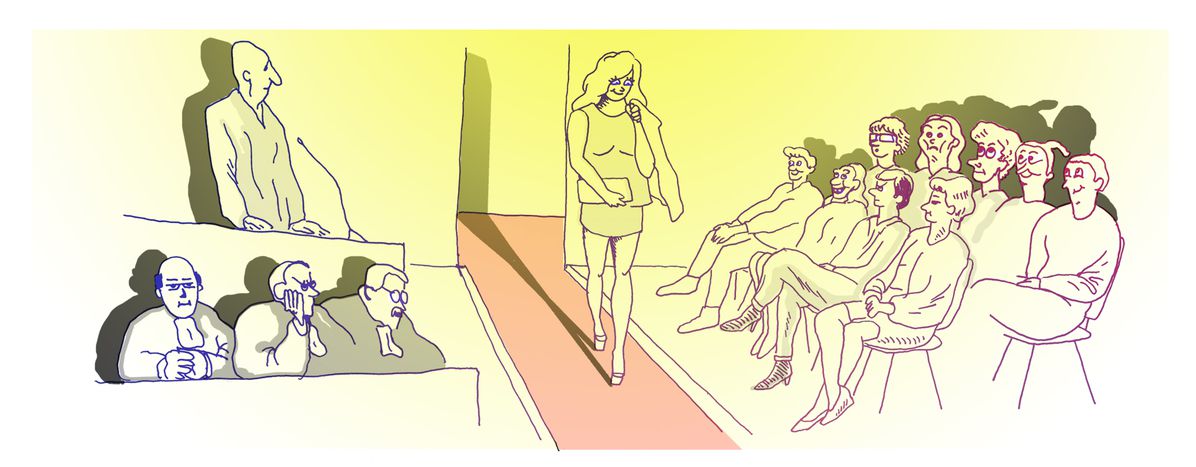
Behind the Numbers: Sexual violence is women’s "fault"
Published on
Translation by:
Cristina Barge"She was asking for it, look at the way she was dressed…" This seems to be a difficult idea to eradicate, one that many still hold regarding the issue of violence against women. For example, the percentage of those surveyed who hold this view is as high as 27% in France.
A week before the 8th of March – International Women’s Day – France awoke to an alarming statistic: 27%.
According to a study by IPSOS which was commissioned by the organisation Mémoires Traumatiques et Victimologie, 27% of French people surveyed think that if a woman was dressed in a seductive manner at the time of a sexual attack, she is partly to blame. In any case, her behaviour diminishes the responsibility of the aggressor.
Thus, under this logic, assault must be the fault of (amongst other things) short skirts, cleavage and certain types of behaviour on the part of the victim. You might think that such results read like something taken from an online opinion quiz lacking any form of scientific backing. However this figure is the result of a carefully surveyed opinion poll.
The study shows that when dealing with sexuality and violence, certain clichés remain, even amongst women. For example, 22% of women "agreed" with the statement that a woman can find it pleasurable to be forced into a sexual relationship. Additionally, 17% of women believe that when a woman says "no" she could really mean "yes".
The researchers of the study say that this is not a question of cultural misunderstanding or naivety but rather of a set of "devastating beliefs": as if women were not capable of making decisions for themselves.
Admittedly this is only the case for a small percentage of society. Nevertheless, this issue extends beyond the geographic boundaries of any one European country (last year an English organisation launched the campaign #thisdoesntmeanyes, for example). They clearly illustrate the pervading prejudices and sexist behaviour which seem to be so difficult to eliminate.
---
This article is part of our Behind the Numbers series, illustrating newsworthy stats with artistic design and a brief analysis.
---
This article was edited post-publication.
Translated from Numeri che parlano da soli: se la violenza sessuale è "colpa" della donna



